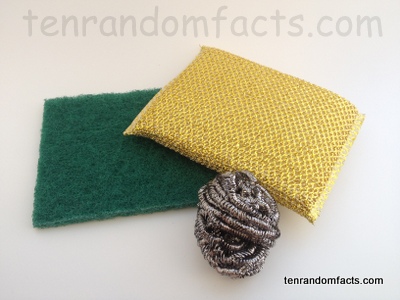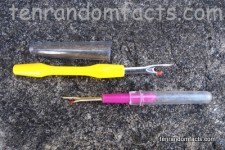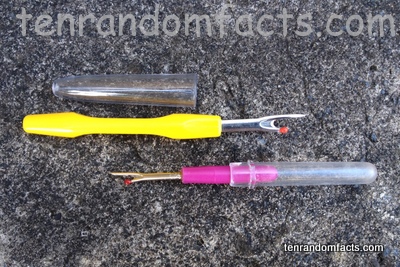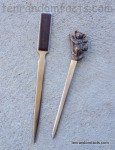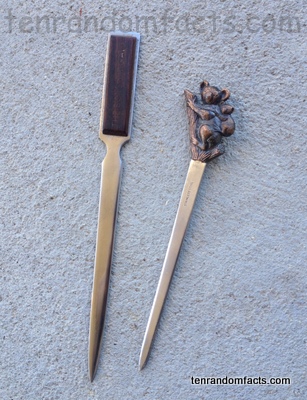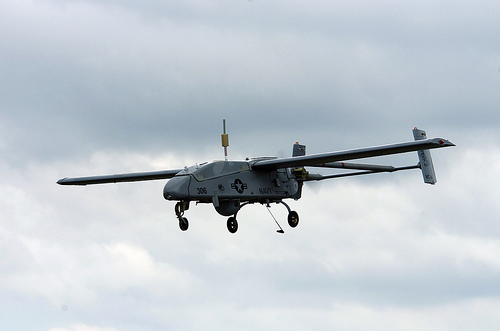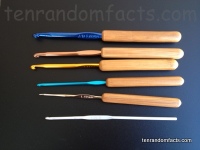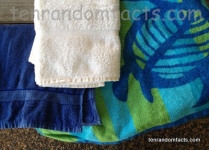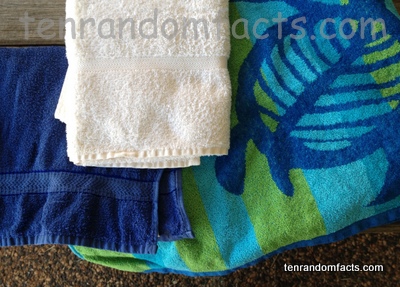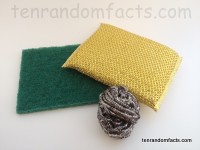
Just try not to hurt your wrist when scouring your pots and pans.
- Scourers are objects used on surfaces, often on food dishes like pots and pans, to clean or remove marks or food residue.
- ‘Scourers’ are also known as ‘scouring pads’ and ‘scourer pads’, and historically, fine steel wool was, and is still used for scouring purposes, although it tends to disintegrate quickly.
- The shape of scourers typically ranges from rectangular prisms in various heights, to rough, flexible flattened spheres or balls.
- Modern scourers are generally made of coiled stainless steel, or plastic or steel mesh, and some are double sided with a softer sponge surface for gripping or wiping off residue.
- An early scourer was invented by George Watson from Illinois, in the United States, in 1908; and it was designed in particular, to scour and wax a clothes iron.
- The normal process of using a scourer requires the user to hold it in one’s hand, and continuously and firmly rub it on the surface to be cleaned, sometimes with the addition of water or cleaning solution.
- The process of scouring can cause pain in the arm, wrist and hand, due to the constant scrubbing movement.
- Scourers should not be used on surfaces that have a special coating, like non-stick pans and dishes, which can easily be scrubbed off.
- A number of scourers were invented in the 1920s; and notable inventor Russell Kingman from New Jersey in the United States, filed some of the earliest patents for various scouring implements during that time, some of which our modern ones are based on.
- Scouring can cause one’s skin to become irritated; and rubber gloves are often used to avoid or lessen the problem.



